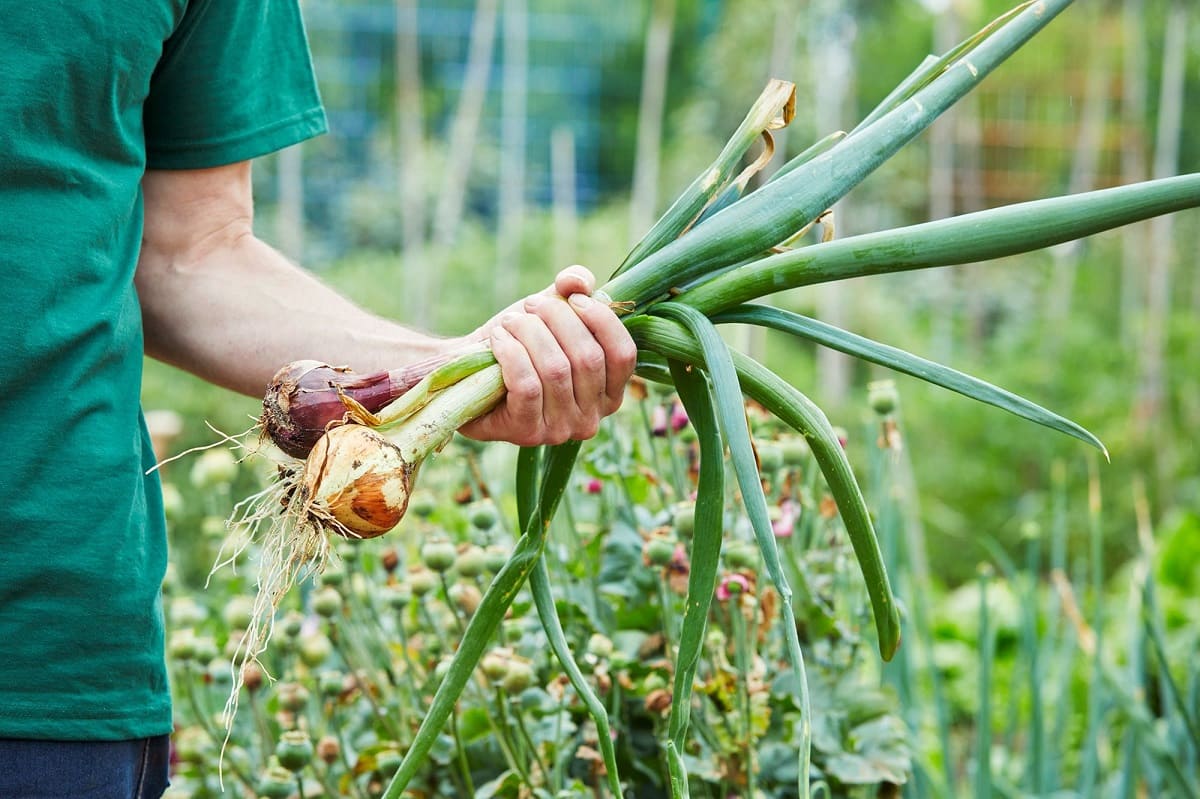

Articles
How To Store Garden Onions
Modified: February 29, 2024
Learn the best methods for storing garden onions with this informative article. Discover tips and techniques to keep your onions fresh and flavorful all year round.
(Many of the links in this article redirect to a specific reviewed product. Your purchase of these products through affiliate links helps to generate commission for Storables.com, at no extra cost. Learn more)
Introduction
Garden onions are a versatile and flavorful addition to any home-cooked meal. Whether you grow them in your backyard or purchase them from a local farmer’s market, properly storing garden onions is crucial to prolong their shelf life and preserve their flavor. In this article, we will explore the best practices for storing garden onions to ensure they stay fresh and delicious for months after harvest.
Onions are a staple in many recipes, providing a pungent and aromatic flavor. They come in various varieties, such as red, yellow, and white onions, each with its distinct taste profile. When it comes to storage, the general rule of thumb is to choose onions that are firm and free from blemishes or soft spots. These characteristics indicate that the onions are mature and less likely to spoil quickly.
Harvesting onions at the right time is crucial for successful storage. Once the onion tops start to die back and fall over naturally, it’s a signal that the onions are ready to be harvested. Carefully lift the onions from the ground, making sure not to damage the bulbs or bruise them. Remove any excess dirt or foliage but leave the onion tops intact.
Curing onions is an essential step in the storage process. Lay the harvested onions in a single layer in a well-ventilated area, such as a covered porch or a garage. Allow them to cure for about two to three weeks until the outer skins become dry and papery. Curing helps to toughen the outer layers, preventing moisture loss and improving storage longevity.
Once the onions have properly cured, it’s time to prepare them for storage. Start by trimming the roots down to about half an inch and cutting the tops down to around one inch. Be careful not to cut too close to the bulb, as this can cause damage and increase the risk of spoilage. Dispose of any onions that show signs of rot or disease to prevent them from affecting the others during storage.
There are several storage options for garden onions, depending on the available space and the desired storage duration. A cool, dry place is ideal for storing onions. This can be a pantry, cellar, or a well-ventilated spot in your home. The key is to keep them away from heat and humidity, as these conditions can accelerate spoilage.
Key Takeaways:
- Properly storing garden onions in a cool, dry place or using mesh bags/pantyhose can extend their shelf life and preserve their flavor, allowing for versatile use in various recipes throughout the year.
- Regularly inspecting stored onions for spoilage and creatively incorporating them into cooking can maximize their longevity and culinary benefits, ensuring flavorful and diverse meal options year-round.
Read more: How To Store Onion Sets
Choosing the right onions for storage
When selecting onions for storage, it’s important to choose varieties that have a good storage life. Some onion varieties are naturally better suited for long-term storage than others. Here are a few onion varieties that are known for their excellent storage capabilities:
- Yellow onions: Yellow onions are the most common type of onions and are known for their strong flavor and versatility in cooking. They have a firm texture and thick, papery skins that make them suitable for long-term storage.
- Red onions: Red onions have a milder flavor compared to yellow onions and are often used raw in salads and sandwiches. They also have good storage capabilities, but their thinner skins make them slightly more prone to spoilage.
- White onions: White onions have a milder taste and are commonly used in Mexican and Asian cuisines. They have a thinner skin than yellow onions but can still be stored for a reasonable amount of time when kept in optimal conditions.
When purchasing onions for storage, it’s essential to choose bulbs that are firm and free from soft spots or signs of decay. Avoid selecting onions with green sprouts, as this indicates that they are past their prime and may not store well. Look for onions that are well-cured, with dry, papery skins. This indicates that they have been properly cured and are less likely to spoil quickly.
If possible, buy onions directly from local farmers or farmer’s markets. These onions are often harvested recently and have a higher chance of being suitable for storage. Supermarket onions, on the other hand, may have been in storage for an extended period, resulting in a shorter storage life once you bring them home.
Keep in mind that different onion varieties have varying storage capabilities. Yellow onions typically have the longest storage life, while red onions and white onions may not last as long. It’s best to plan your consumption accordingly and prioritize using the onions with shorter storage potential before they spoil.
By selecting the right onions for storage and ensuring they are in good condition when you bring them home, you can maximize their shelf life and enjoy the flavors of your garden onions long after harvest.
Harvesting onions
Knowing when and how to harvest onions is crucial to ensuring their quality and longevity in storage. Here are the steps to follow when harvesting onions from your garden:
- Observe the foliage: Before you begin harvesting, take a close look at the onion foliage. When the onion tops start to yellow and bend over at the neck, it’s a sign that the bulbs have reached maturity and are ready for harvest. Avoid harvesting onions too early, as they may not have developed their full flavor and won’t store well.
- Choose a dry day: It’s best to harvest onions on a dry day to minimize the chance of introducing excess moisture to the bulbs. Moisture can lead to rotting and spoilage during storage.
- Loosen the soil: Gently loosen the soil around the onions using a garden fork or a hand trowel. Be careful not to pierce or damage the bulbs in the process.
- Lift the onions: Carefully lift the onions from the ground, gripping the foliage near the top of the bulb. Avoid pulling or yanking the onions, as it can cause the tops to break off, making it harder to handle and store them. If some onions don’t lift easily, use a garden fork to loosen the soil further before lifting them.
- Handle with care: Handle the harvested onions with care to prevent bruising or damaging the bulbs. Even minor bruises can lead to rotting, reducing their shelf life during storage.
- Clean and trim: Once the onions are harvested, gently remove any excess dirt or loose outer layers of skin. Do not remove all the outer layers, as they provide a protective layer for the bulb during storage. Trim the roots down to about half an inch. Leave the onion tops intact, as cutting them too close to the bulb can increase the risk of spoilage.
It’s important to harvest all the onions from your garden before the first frost or heavy rain, as these weather conditions can negatively impact the quality of the bulbs. Check the weather forecast and plan your harvest accordingly to ensure you maximize the storage potential of your onions.
By following these steps, you can successfully harvest your garden onions at the right time and prepare them for storage, ensuring months of flavorful use in your favorite recipes.
Curing onions
Curing onions is a critical step in the storage process that helps to extend their shelf life and preserve their flavor. Curing involves allowing the onions to dry out and toughen their outer layers, creating a protective barrier against moisture and rot. Here’s how to properly cure your onions:
- Lay them out: After harvesting, lay the onions out in a single layer in a well-ventilated and dry area. This could be a covered porch, a garage, or a well-ventilated room in your home.
- Avoid direct sunlight: Place the onions in a location away from direct sunlight, as exposure to sun can cause them to heat up and spoil.
- Provide good airflow: Ensure that there is adequate airflow around the onions during the curing process. This helps to remove excess moisture and prevents the bulbs from becoming damp or rotting.
- Avoid high humidity: Choose a curing spot with low humidity levels. High humidity can impede drying and increase the risk of mold or rotting.
- Patience is key: Allow the onions to cure for about two to three weeks. During this time, the outer skins will gradually dry and turn papery. This indicates that the onions are ready for storage.
It’s important to note that proper curing conditions may vary depending on your climate and the moisture levels in your area. Monitor the curing process closely and make adjustments if needed. If you notice any signs of mold or spoilage during curing, remove the affected onions immediately to prevent them from contaminating the others.
Curing helps to toughen the onion’s outer layers, which protects the bulbs during storage. It also allows the flavors to develop and intensify. Properly cured onions will have a stronger, more concentrated taste compared to onions that have not been cured.
Once the onions have finished curing, they are ready for the next step: preparing them for storage. This involves trimming the roots and tops and deciding on the storage method that best suits your needs and available space. With proper curing, you can enjoy homegrown onions for several months, adding flavor and freshness to your cooking throughout the year.
Preparing onions for storage
After onions have been properly cured, the next step is to prepare them for storage. This involves trimming the roots and tops and ensuring they are in the best condition to maximize their storage potential. Here’s how to prepare onions for storage:
- Trim the roots: Using a sharp pair of scissors or garden shears, trim the roots down to about half an inch. Removing excess roots helps prevent the onions from drying out and reduces the risk of mold and decay.
- Cut the tops: Trim the tops of the onions, leaving about an inch of the foliage attached to the bulb. Be careful not to cut too close to the bulb, as this can damage the layers and increase the risk of spoilage.
- Inspect for damage: Before storing, carefully inspect each onion for any signs of damage, soft spots, or rot. Dispose of any onions that show these signs to prevent them from affecting the others during storage.
- Group by size: Sort the onions into different size categories to make it easier to use them in the future. Grouping them by size also helps prevent smaller onions from getting hidden and forgotten during storage.
- Avoid washing: It’s important not to wash the onions before storage. Moisture can promote spoilage and shorten their shelf life. If there is excess dirt on the onions, gently brush it off with a soft cloth or a soft-bristle brush instead.
Once your onions are trimmed and inspected, they are ready to be stored. There are several storage options to choose from, depending on the available space and the desired storage duration. The key is to provide an environment that is cool, dry, and well-ventilated.
Some common storage options for garden onions include:
- Storing in a cool, dry place: Find a cool spot in your home, such as a pantry or a basement, where the temperature stays between 32°F and 40°F (0°C and 4°C). Make sure the area is well-ventilated and away from direct sunlight, heat sources, and humidity.
- Storing in mesh bags or pantyhose: Place onions in mesh bags or pantyhose, tying knots or using a clip to separate each onion. Hang the bags in a well-ventilated area, ensuring good airflow around the bulbs.
- Storing in a cellar or basement: If you have a root cellar or a cool basement, consider storing onions in wooden crates, shallow boxes, or mesh baskets. Again, ensure good ventilation and monitor the humidity levels to prevent spoilage.
- Storing in the refrigerator: If you only have a small quantity of onions and lack suitable storage space, you can store them in the refrigerator. Place whole, dry onions in the crisper drawer, away from other produce to prevent them from absorbing odors. Note that refrigerated onions may lose some of their flavor over time.
Remember to check your stored onions periodically for spoilage. Remove any onions that show signs of deterioration to prevent them from affecting the rest. When stored properly, onions can last for several months, allowing you to enjoy their flavor and nutritional benefits well beyond the harvest season.
Read more: How To Store Onion Plants Before Planting
Storage options for garden onions
Proper storage is essential for preserving the quality and longevity of garden onions. There are several storage options to consider, depending on your available space and the desired duration of storage. Here are some common storage methods for garden onions:
- Storing in a cool, dry place: Find a cool area in your home, such as a pantry, basement, or garage, where the temperature stays between 32°F and 40°F (0°C and 4°C). Ensure that the location is dry, well-ventilated, and away from direct sunlight, heat sources, and humidity. A cool, dry place is ideal for storing onions and can help prolong their shelf life.
- Storing in mesh bags or pantyhose: Another option is to store onions in mesh bags or pantyhose. Place the onions inside the bag or pantyhose, separating each onion by tying knots or using a clip. Hang the bags or pantyhose in a well-ventilated area, allowing for good airflow around the bulbs. This method helps to keep the onions separated and prevents them from touching, which can reduce the risk of rot spreading between onions.
- Storing in a cellar or basement: If you have access to a root cellar or a cool basement, consider storing onions in wooden crates, shallow boxes, or mesh baskets. Make sure the storage area is cool and well-ventilated. It’s important to monitor the humidity levels in the cellar or basement, as high humidity can lead to mold and decay. Check the onions regularly to spot any signs of spoilage and remove any affected onions promptly.
- Storing in the refrigerator: If you’re dealing with a smaller quantity of onions or limited storage space, you can store them in the refrigerator. Place the whole, dry onions in the crisper drawer, away from other produce. Ensure the onions are dry before storing to prevent moisture buildup. However, keep in mind that refrigerated onions may lose some flavor over time, so it’s best to use them within a few weeks.
When storing onions, it’s essential to keep them away from potatoes. Potatoes release moisture and gases that can cause onions to spoil more quickly. Store them separately to prevent cross-contamination.
Regardless of the storage method you choose, it’s important to regularly inspect the stored onions. Check for any signs of spoilage, including mold, soft spots, or sprouting. Remove any onions that show these signs to prevent further spoilage and protect the remaining stored onions.
By selecting the appropriate storage option and providing the right conditions, you can extend the shelf life of garden onions and enjoy their flavor and nutritional benefits for an extended period of time.
After harvesting garden onions, allow them to dry in a well-ventilated area for a few days. Once dry, store them in a cool, dry place with good air circulation, such as a mesh bag or crate. Avoid storing them in plastic bags or containers, as this can cause them to rot.
Storing onions in a cool, dry place
One of the most common and effective ways to store garden onions is in a cool, dry place. This method is convenient and suitable for most households. When stored properly, onions can stay fresh and flavorful for several months. Here’s how to store onions in a cool, dry place:
- Choose the right location: Find a cool area in your home, such as a pantry, basement, or garage. The ideal temperature for storing onions is between 32°F and 40°F (0°C and 4°C). Ensure that the location is well-ventilated and away from direct sunlight, heat sources, and humidity. Onions are sensitive to heat and moisture, so a cool, dry spot is crucial to prevent spoilage.
- Prepare the onions: Before storing, make sure the onions are properly prepared. Trim the roots down to about half an inch and cut the tops, leaving about an inch of foliage attached to the bulb. Inspect each onion for any signs of damage or decay, and remove any onions that show these signs to prevent them from affecting the others during storage.
- Avoid washing: It’s essential not to wash the onions before storage. Moisture can promote rotting and reduce their shelf life. If there is excess dirt on the onions, gently brush it off with a soft cloth or a soft-bristle brush instead.
- Choose appropriate containers: Select containers that allow for good airflow. Wooden crates, mesh baskets, or shallow boxes are all suitable options. Avoid using plastic bags or airtight containers, as they can trap moisture and promote rot.
- Arrange the onions: Place the onions in the containers in a single layer, ensuring they are not touching. This prevents any moisture buildup and allows for better air circulation. Avoid stacking the onions, as this can lead to crushing and increased spoilage.
- Monitor regularly: Check the stored onions regularly for any signs of spoilage. Inspect for mold, soft spots, or sprouting. Remove any affected onions promptly to prevent further spoilage and protect the remaining stored onions.
Storing onions in a cool, dry place helps to maintain their quality and extend their shelf life. The cool temperature and low humidity create an environment that discourages sprouting and minimizes the risk of rotting. Properly stored onions will retain their flavor and nutritional benefits for an extended period, allowing you to enjoy them in your favorite recipes throughout the year.
Remember to keep onions separate from potatoes, as potatoes release moisture and gases that can cause onions to spoil more quickly. By storing onions in a cool, dry place and monitoring their condition regularly, you can preserve their freshness and incorporate them into your culinary creations conveniently.
Storing onions in mesh bags or pantyhose
An alternative method for storing garden onions is using mesh bags or pantyhose. This storage technique allows for good airflow and keeps the onions separated, minimizing the risk of spoilage. Here’s how to store onions in mesh bags or pantyhose:
- Gather your materials: Obtain either mesh bags or unused pantyhose. If using pantyhose, make sure they are clean and do not have any snags or runs that could damage the onions.
- Prepare the onions: Trim the roots down to about half an inch and cut the tops, leaving about an inch of foliage attached to the bulb. Inspect each onion for any signs of damage or decay, and remove any onions that show these signs to prevent them from affecting the others during storage.
- Separate and group onions: Sort the onions into size categories or groups based on their maturity and use. This will make it easier to retrieve the onions you need without disturbing the others.
- Place the onions in mesh bags or pantyhose: If using mesh bags, simply put the onions inside, ensuring they are not overcrowded. Tie off the top of the bag to secure the onions. If using pantyhose, place one onion inside each leg, tying a knot or using a clip to separate each onion. Hang the mesh bags or pantyhose in a well-ventilated area, allowing for good airflow around the bulbs.
- Avoid direct sunlight and moisture: Hang the mesh bags or pantyhose in a location away from direct sunlight and moisture. Excess light and moisture can accelerate spoilage. It’s important to maintain a cool, dry, and well-ventilated environment.
- Regularly inspect and remove spoiled onions: Check the stored onions regularly to ensure they remain in good condition. Inspect for mold, soft spots, or sprouting. If you notice any spoiled onions, remove them promptly to prevent further spoilage.
Storing onions in mesh bags or pantyhose allows for proper airflow, preventing moisture buildup and maintaining good ventilation. The separation of onions helps to prevent rot from spreading and makes it easier to access the onions you need without disturbing the rest. This method is particularly useful if you have limited storage space or a large quantity of onions to store.
Remember to keep onions separate from potatoes during storage, as potatoes release moisture and gases that can cause onions to spoil more quickly. With proper storage in mesh bags or pantyhose and regular inspections, you can enjoy the flavor and versatility of garden onions for an extended period of time.
Storing onions in a cellar or basement
If you have access to a cellar or a cool, well-ventilated basement, storing garden onions in these environments can be an excellent option. The natural coolness and darkness provide optimal conditions for onion storage. Here’s how to store onions in a cellar or basement:
- Prepare the onions: Trim the roots down to about half an inch and cut the tops, leaving about an inch of foliage attached to the bulb. Inspect each onion for any signs of damage or decay, and remove any onions that show these signs to prevent them from affecting the others during storage.
- Choose appropriate containers: Select wooden crates, shallow boxes, or mesh baskets for onion storage. These containers allow for good airflow, preventing moisture buildup and maintaining proper ventilation. Avoid using plastic bags or airtight containers, as they can trap moisture and promote rot.
- Arrange the onions: Place the onions in the containers in a single layer, ensuring they are not touching each other. This helps prevent any excess moisture from accumulating between the onions. Avoid stacking the onions, as this can lead to crushing and increased spoilage.
- Find the right spot in the cellar or basement: Locate an area in the cellar or basement that remains consistently cool throughout the storage period. The ideal temperature for onion storage is between 32°F and 40°F (0°C and 4°C). Ensure that the location has good ventilation and is away from direct sunlight, heat sources, and moisture. You may want to place the containers on shelves or elevated surfaces to prevent contact with any potential dampness on the floor.
- Monitor regularly: Check the stored onions regularly for any signs of spoilage. Inspect for mold, soft spots, or sprouting. Remove any affected onions promptly to prevent further spoilage and protect the remaining stored onions.
Storing onions in a cellar or basement can provide ideal conditions for long-term storage. The cool temperature and darkness help to maintain the quality and flavor of the onions. Proper ventilation and regular inspections are essential to ensure that the onions remain in good condition.
It’s important to note that the humidity levels in a cellar or basement can vary. Monitor the humidity and adjust if necessary. High humidity can contribute to mold or rot, while low humidity can cause the onions to dry out. Strive for a humidity level of around 65-70%, if possible.
Remember to keep onions separate from potatoes during storage, as potatoes release moisture and gases that can cause onions to spoil more quickly. With proper storage in a cellar or basement and regular inspections, you can enjoy the freshness and flavor of garden onions for an extended period of time.
Read more: How To Store Green Onions From The Garden
Storing onions in the refrigerator
While storing onions in a cool, dry place is typically recommended, if you only have a small quantity of onions or limited storage space, you can opt to store them in the refrigerator. However, it’s important to note that refrigeration may affect the flavor and texture of onions over time. Here’s how to store onions in the refrigerator properly:
- Prepare the onions: Trim the roots down to about half an inch and cut the tops, leaving about an inch of foliage attached to the bulb. Inspect each onion for any signs of damage or decay, and remove any onions that show these signs to prevent them from affecting the others during storage.
- Ensure dryness: Before storing, make sure the onions are completely dry. Moisture can contribute to rotting and spoilage. If necessary, gently pat them dry with a clean cloth or towel.
- Choose the right storage location: Place the whole, dry onions in the crisper drawer of your refrigerator. Keep them separate from other produce to prevent them from absorbing any odors. The cool temperature of the refrigerator will help slow down the onion’s aging process.
- Use within a few weeks: Refrigerated onions should be used within a few weeks for best quality. Over time, the cold temperature can affect the texture and flavor of the onions, potentially making them softer and milder in taste.
- Monitor regularly: Check the stored onions periodically for any signs of spoilage. Inspect for mold, soft spots, or sprouting. Remove any affected onions promptly to prevent further spoilage.
It’s important to note that refrigeration is not the ideal storage method for onions if you want to maximize their shelf life and preserve their original flavor. Onions stored in the refrigerator may not have the same pungency or intensity as those stored in a cool, dry place.
When you’re ready to use the refrigerated onions, remove them from the refrigerator and let them come to room temperature for a few minutes before peeling and chopping. This will help restore some of their flavors.
Remember to keep the onions separate from potatoes, as potatoes release moisture and gases that can cause onions to spoil more quickly. With proper storage in the refrigerator and regular inspections, you can still enjoy the convenience of having onions on hand, albeit with slightly milder flavors and a shorter shelf life compared to other storage methods.
Checking stored onions for spoilage
Regularly checking stored onions for spoilage is essential to ensure their quality and prevent the spread of rot. Here are some key signs to look for when inspecting stored onions for spoilage:
- Mold or fungus: Mold growth on onions is a clear indication of spoilage. Check for fuzzy or powdery patches of mold on the outer layers. If you spot any mold, promptly remove the affected onions to prevent it from spreading to others.
- Softness or sponginess: Gently squeeze the onions to assess their firmness. If an onion feels soft, mushy, or spongy to the touch, it is likely spoiled and should be discarded.
- Wrinkled or shriveled skin: Examine the outer skin of the onions. If you notice excessive wrinkling or shriveling, it may indicate that the onion has dried out and lost its quality. While not necessarily spoiled, wrinkled onions may have diminished flavor and texture.
- Sprouting: Onions that have sprouted are no longer suitable for storage. Once onions start to sprout, it indicates that they have entered the next stage of their lifecycle. While you can still use sprouted onions, their taste and texture will be altered, and they are best suited for recipes that call for green onions or scallions.
- Foul odor: If an onion emits a foul or unpleasant smell, it is a sign of decay or decomposition. Trust your sense of smell and discard any onions with an off-putting odor.
Regularly inspecting your stored onions allows you to identify spoiled ones and prevent them from affecting the others. It’s important to remove any spoiled onions promptly to maintain the quality and flavor of the remaining stored onions.
When checking your onions, it’s also a good time to rearrange them if necessary. Ensure that the onions are not touching one another, as this can increase the risk of rotting due to the transfer of moisture or damage from one onion to another.
Keep in mind that the storage duration can affect the likelihood of spoilage. Onions stored for a longer period are more prone to deterioration. Therefore, it’s recommended to use older onions first before they spoil, and to continue rotating your stored onions to maintain freshness.
By regularly inspecting your stored onions and promptly removing any spoiled ones, you can extend the shelf life of the remaining onions and continue to enjoy their flavor and culinary benefits for an extended period of time.
Using stored onions
Stored onions are a versatile ingredient that can be used in a wide variety of dishes. When properly stored, onions can retain their flavor and nutritional benefits for several months. Here are some ways to incorporate stored onions into your cooking:
- Cooking as a base: Onions are often used as a flavor base in many recipes. Start by chopping or slicing the stored onions and sauté them in oil or butter until they become soft and translucent. This forms a flavorful foundation for soups, stews, stir-fries, and more.
- Adding to sauces and gravies: Finely chop onions and incorporate them into sauces and gravies to enhance the flavor. Onions can add depth and richness to tomato sauces, pasta sauces, curries, and marinades.
- Roasting or caramelizing: Roasting or caramelizing onions brings out their natural sweetness and intensifies their flavors. Arrange sliced onions on a baking sheet, drizzle with oil, and roast in the oven until golden and tender. Caramelized onions are perfect for adding depth to dishes like burgers, sandwiches, pizzas, or even as a topping for salads.
- Serving raw in salads and salsas: If you prefer the vibrant, fresh taste of raw onions, thinly slice or dice them and use them in salads, salsas, or relishes. The sharpness of raw onions can add a crisp bite to your dishes, balancing other flavors.
- Experimenting in various cuisines: Onions are a staple in various cuisines around the world. Explore different recipes from Mediterranean, Asian, Indian, Mexican, and other culinary traditions to incorporate stored onions. From onion bhajis to French onion soup, there are endless possibilities to explore.
- Pickling: If you have an abundance of stored onions, consider pickling them. Onion pickles can be a tangy and flavorful addition to sandwiches, burgers, or charcuterie boards. Experiment with different pickling liquids and spices to create your preferred flavor profile.
Remember that the longer onions are stored, the milder their flavor may become. Adjust your recipes accordingly and consider adding a bit more onion if you desire a stronger taste. Onions can also be used in combination with other aromatic vegetables, such as garlic, celery, or carrots, to enhance the overall flavor of your dishes.
It’s worth noting that while stored onions may not be as firm or crisp as fresh ones, they can still offer a rich and flavorful addition to your meals. Ensure that you continue to monitor your stored onions for any signs of spoilage and use them before they deteriorate further.
By utilizing your stored onions creatively, you can enjoy their flavor and versatility year-round, even beyond the harvest season.
Frequently Asked Questions about How To Store Garden Onions
Was this page helpful?
At Storables.com, we guarantee accurate and reliable information. Our content, validated by Expert Board Contributors, is crafted following stringent Editorial Policies. We're committed to providing you with well-researched, expert-backed insights for all your informational needs.
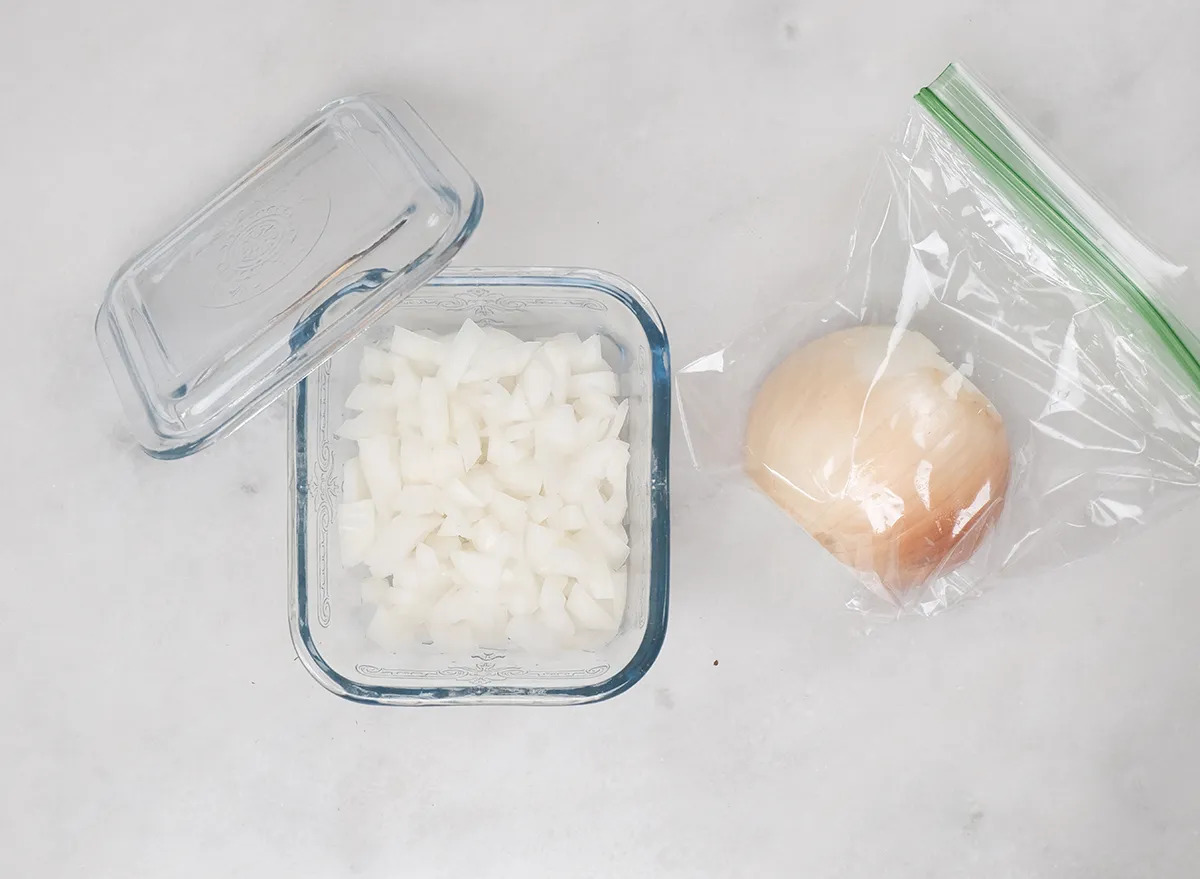
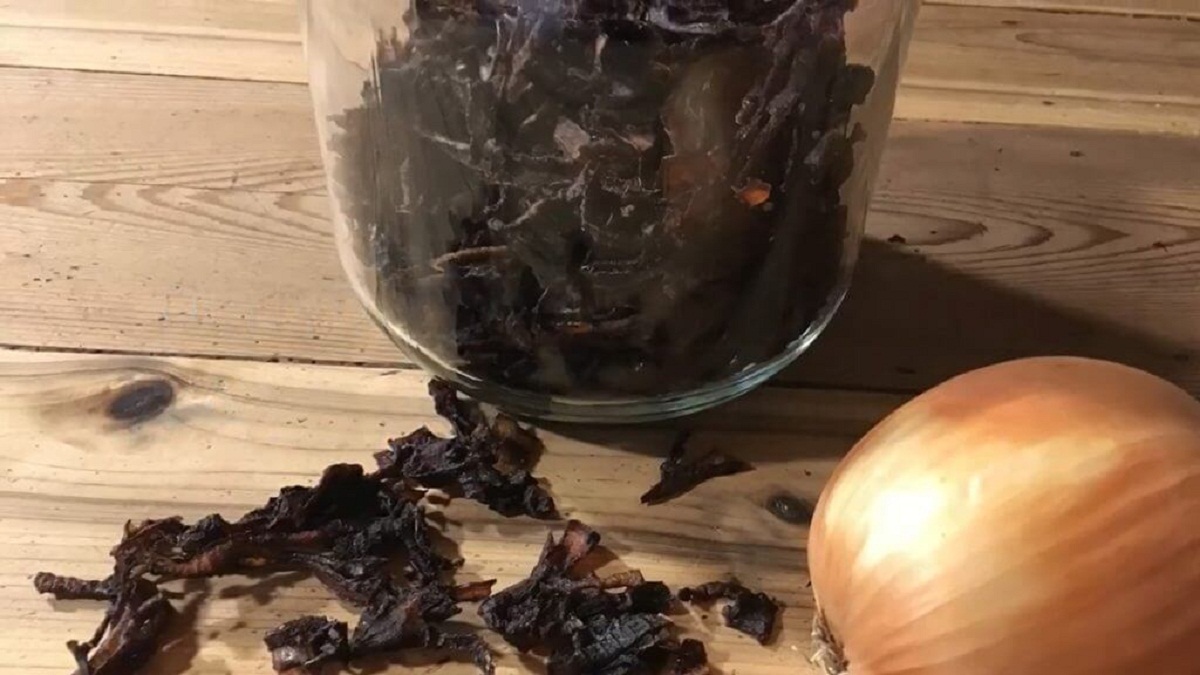
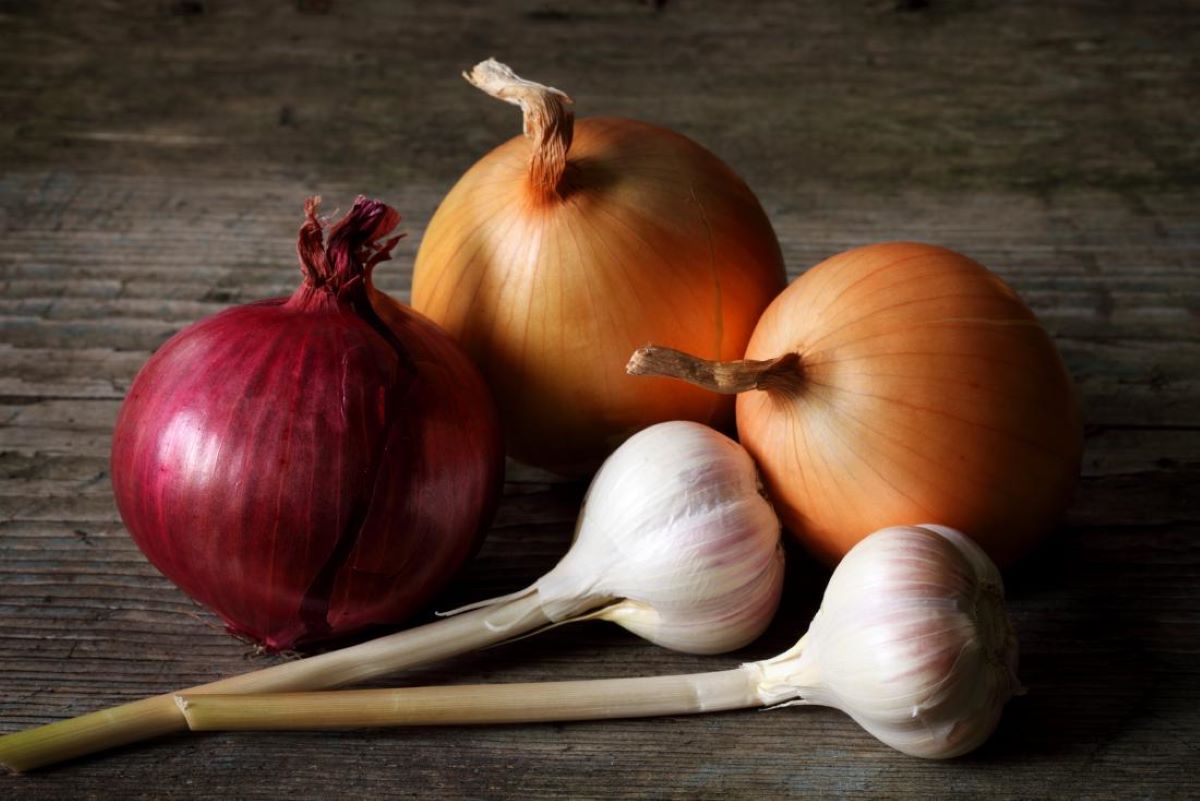
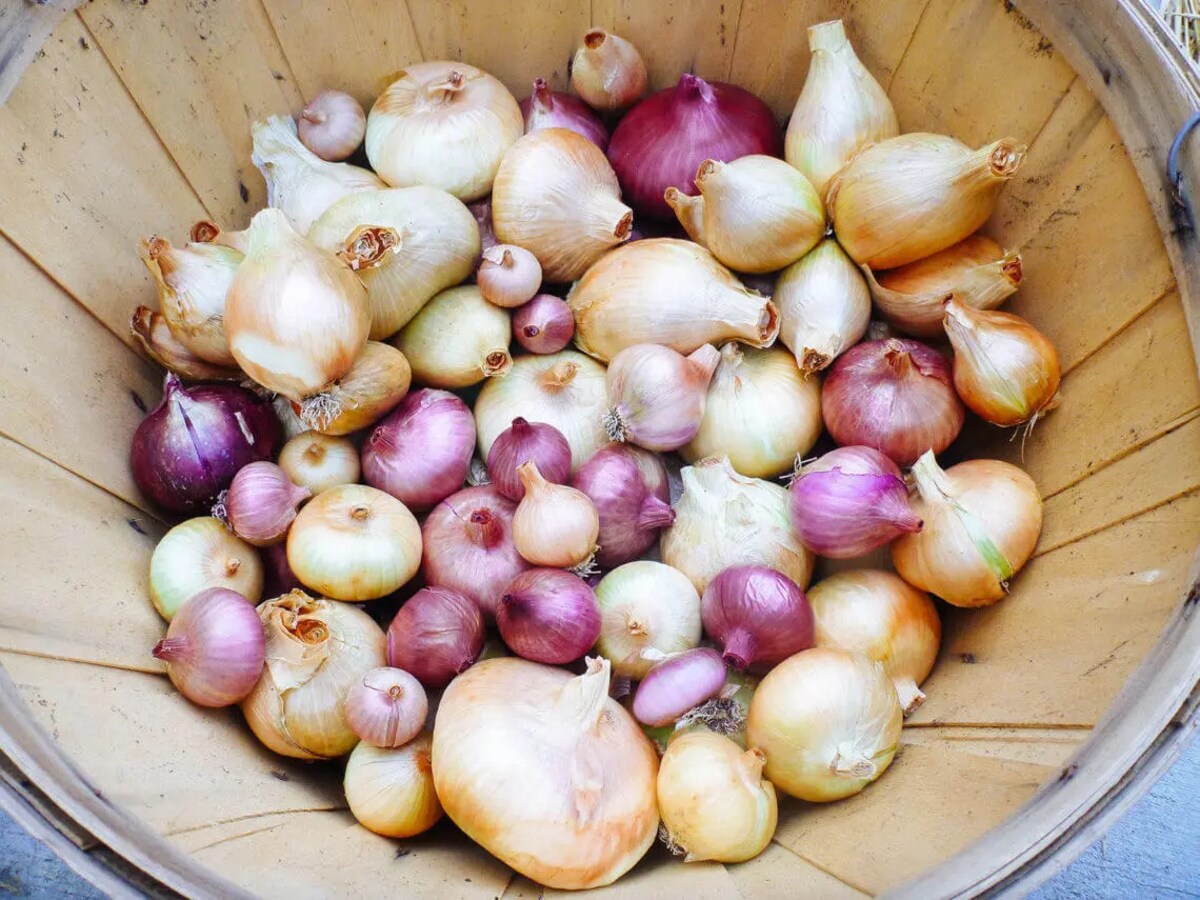
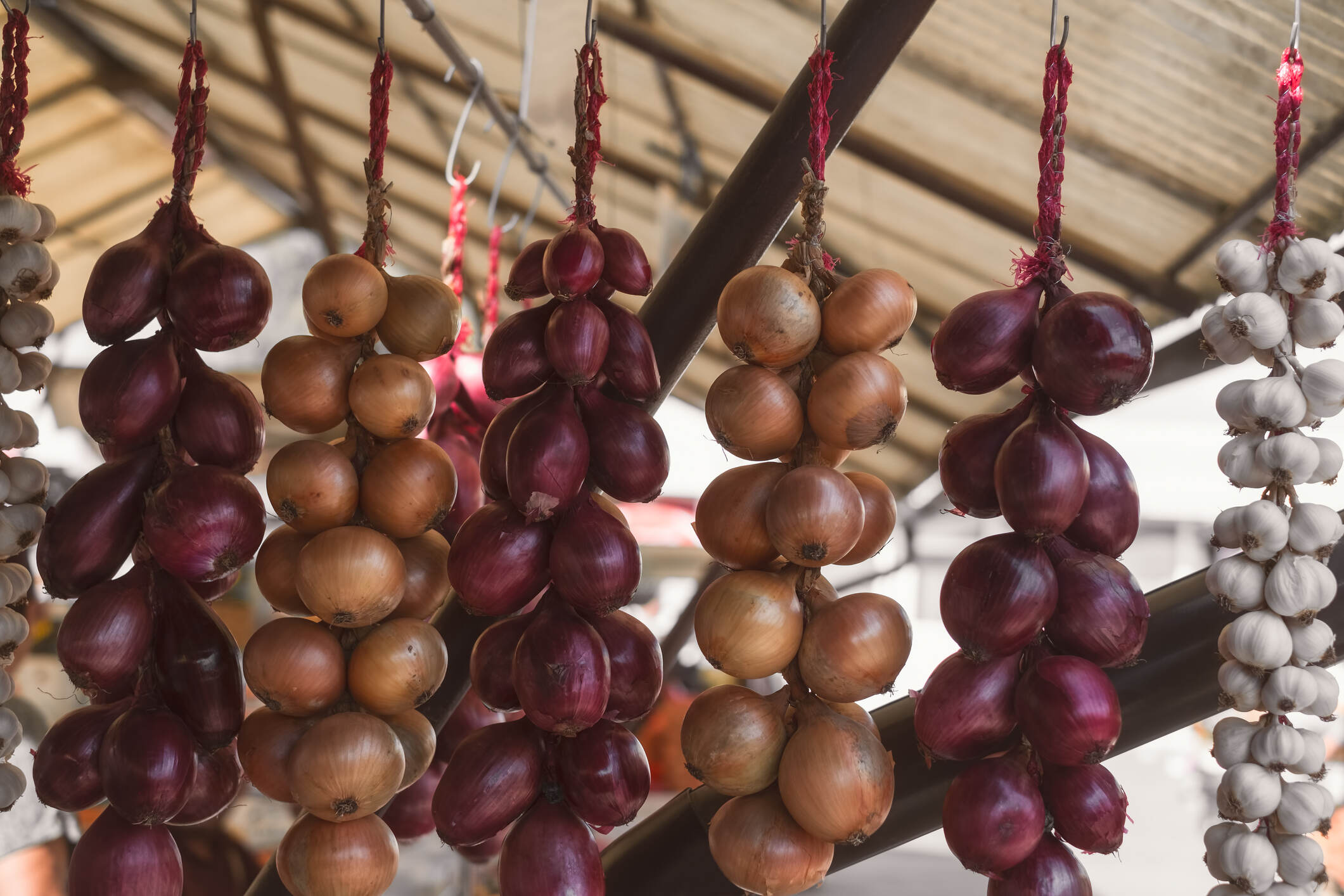
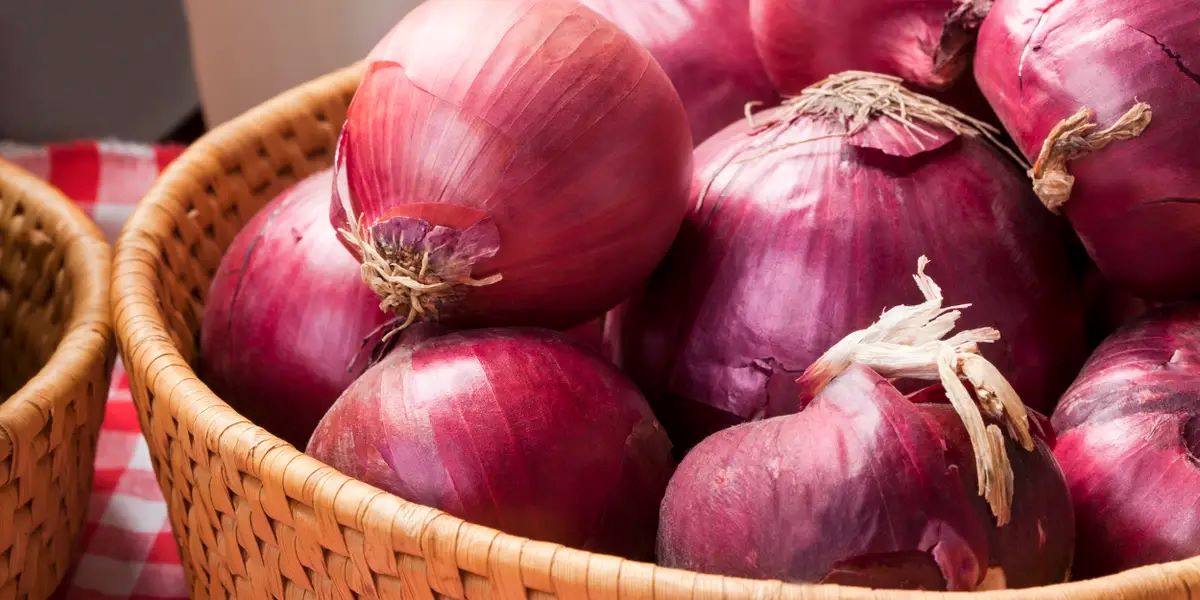
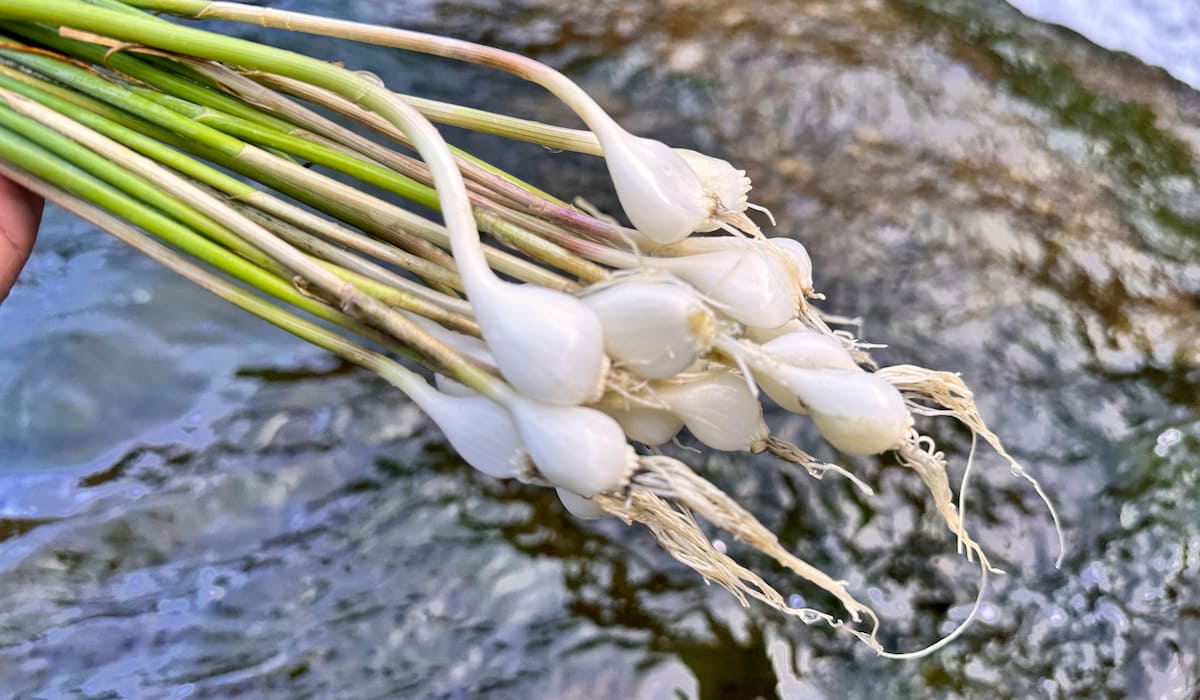
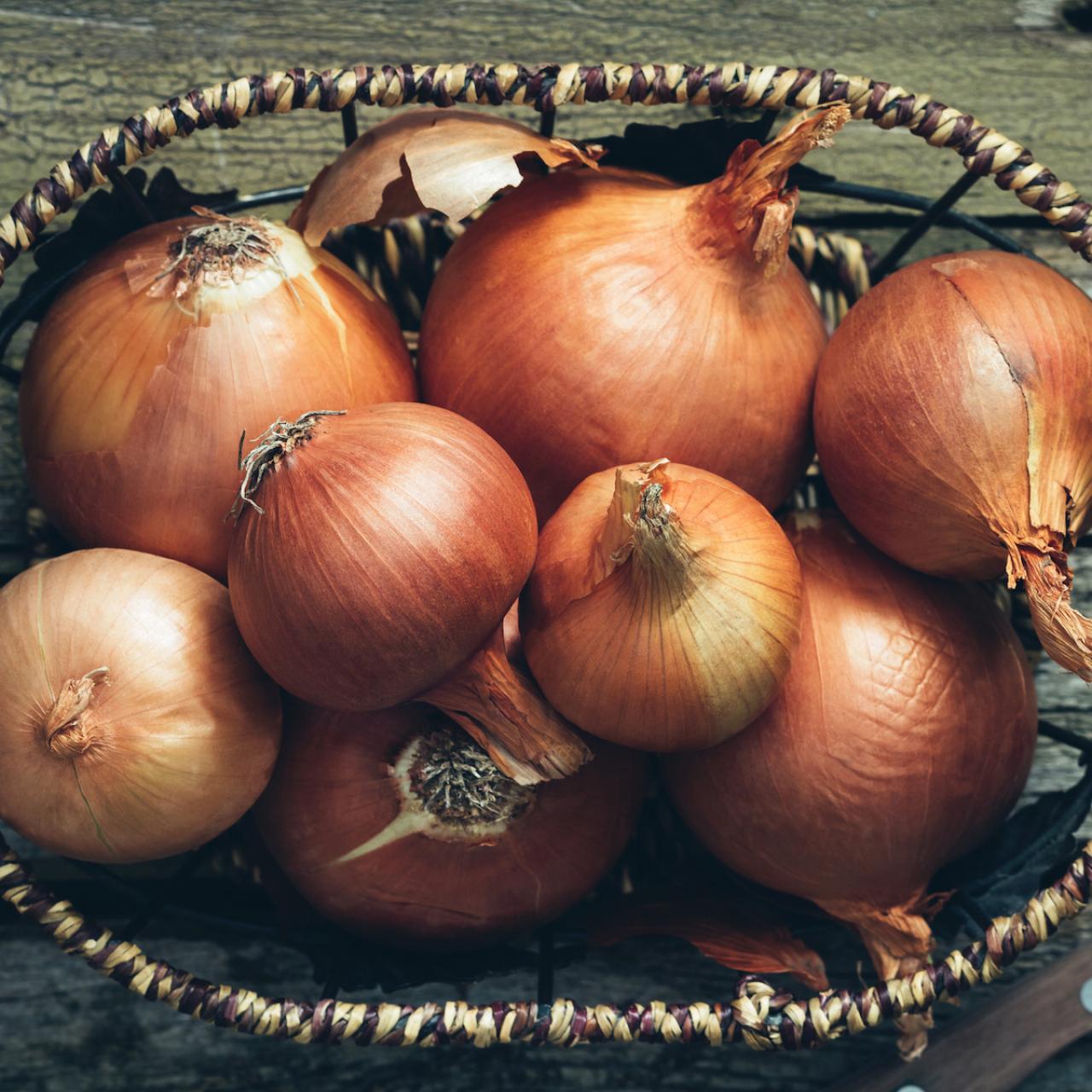
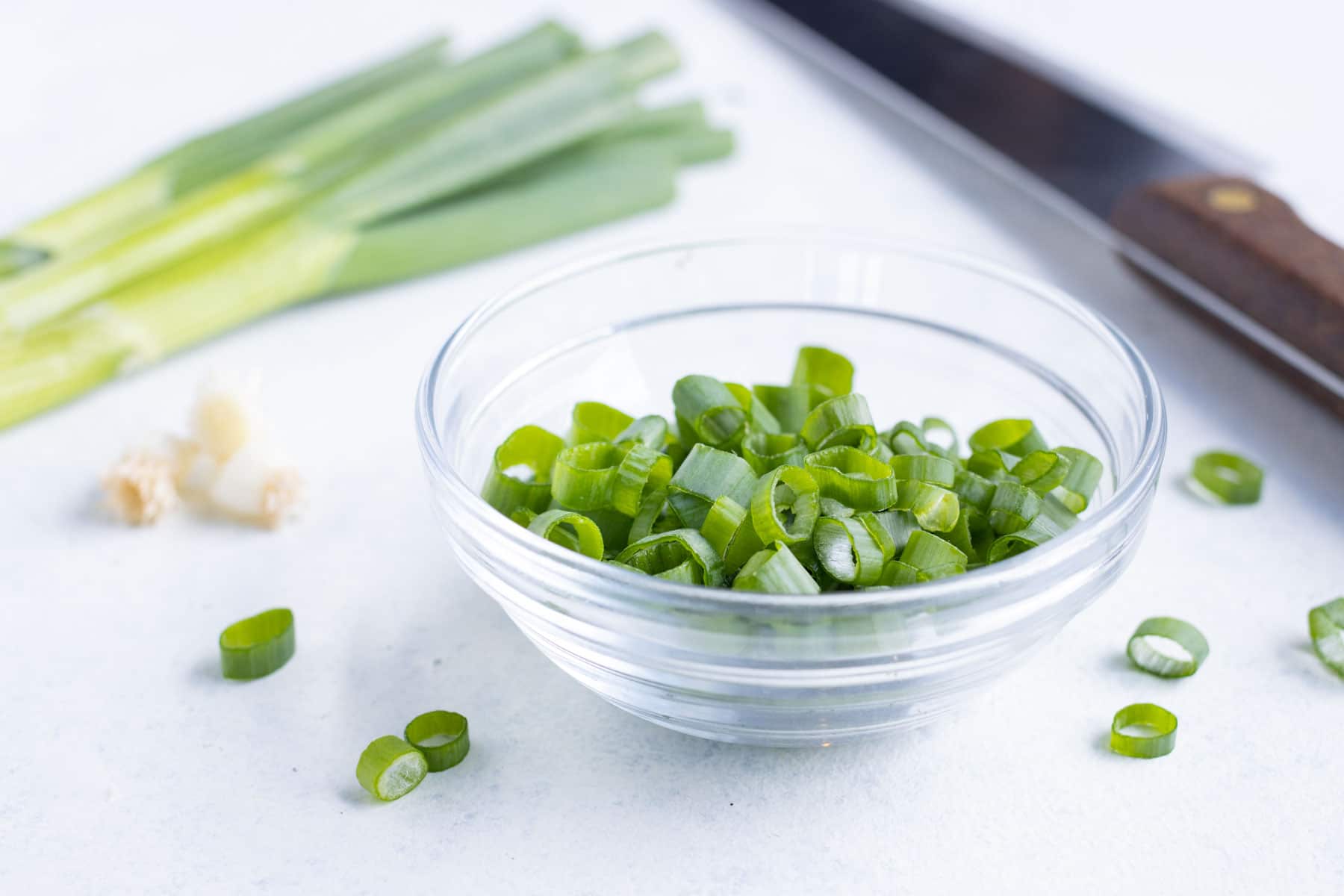
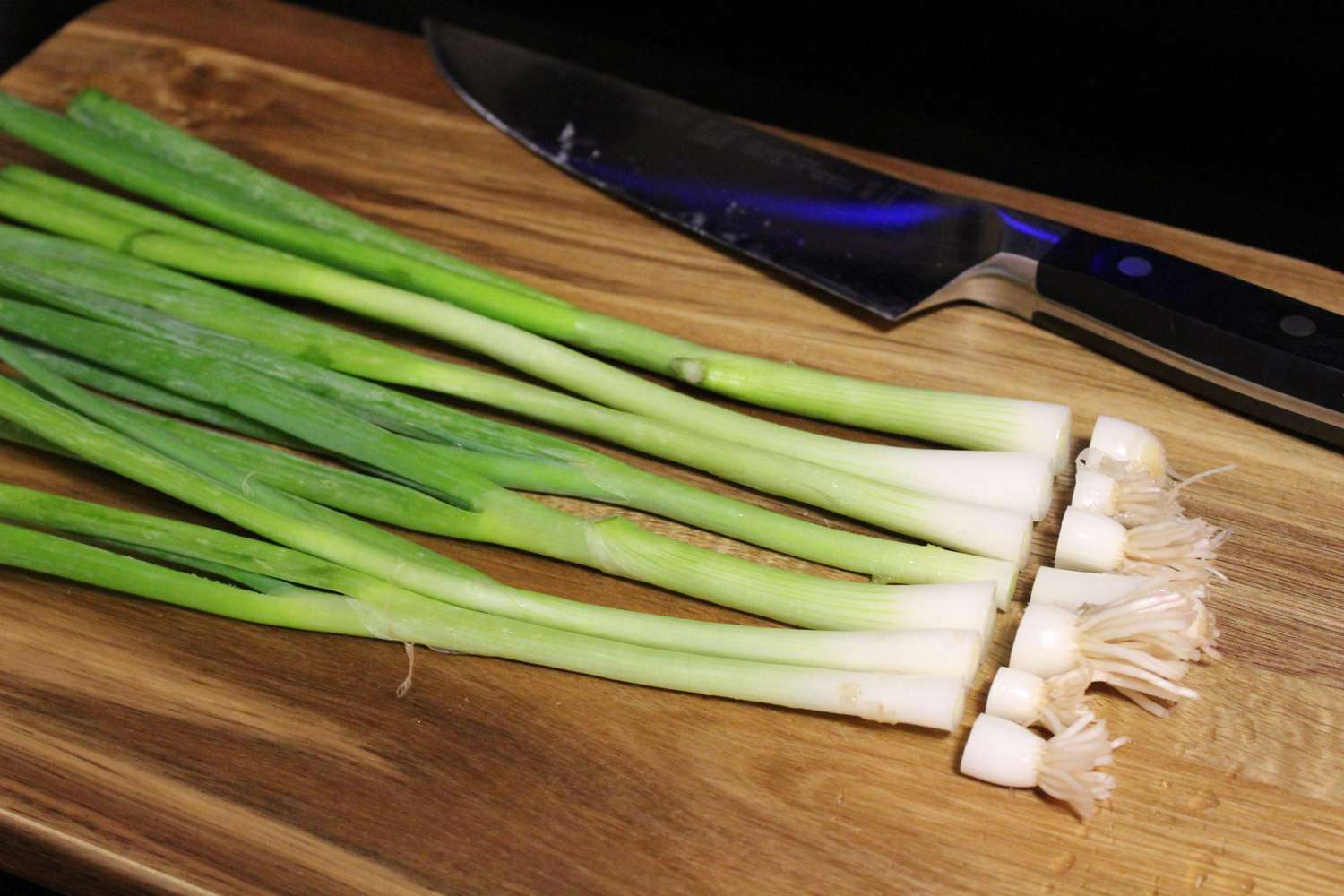
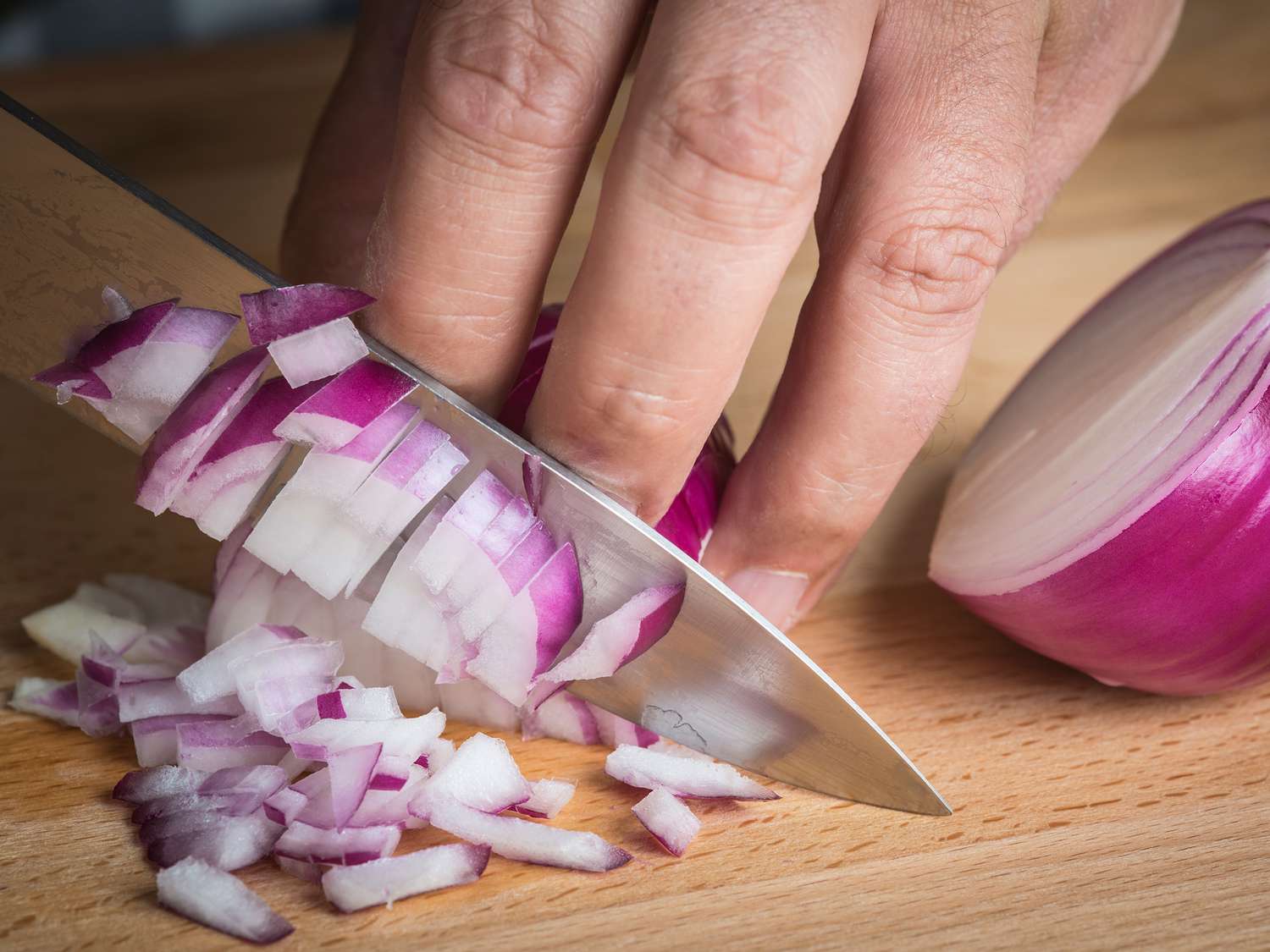
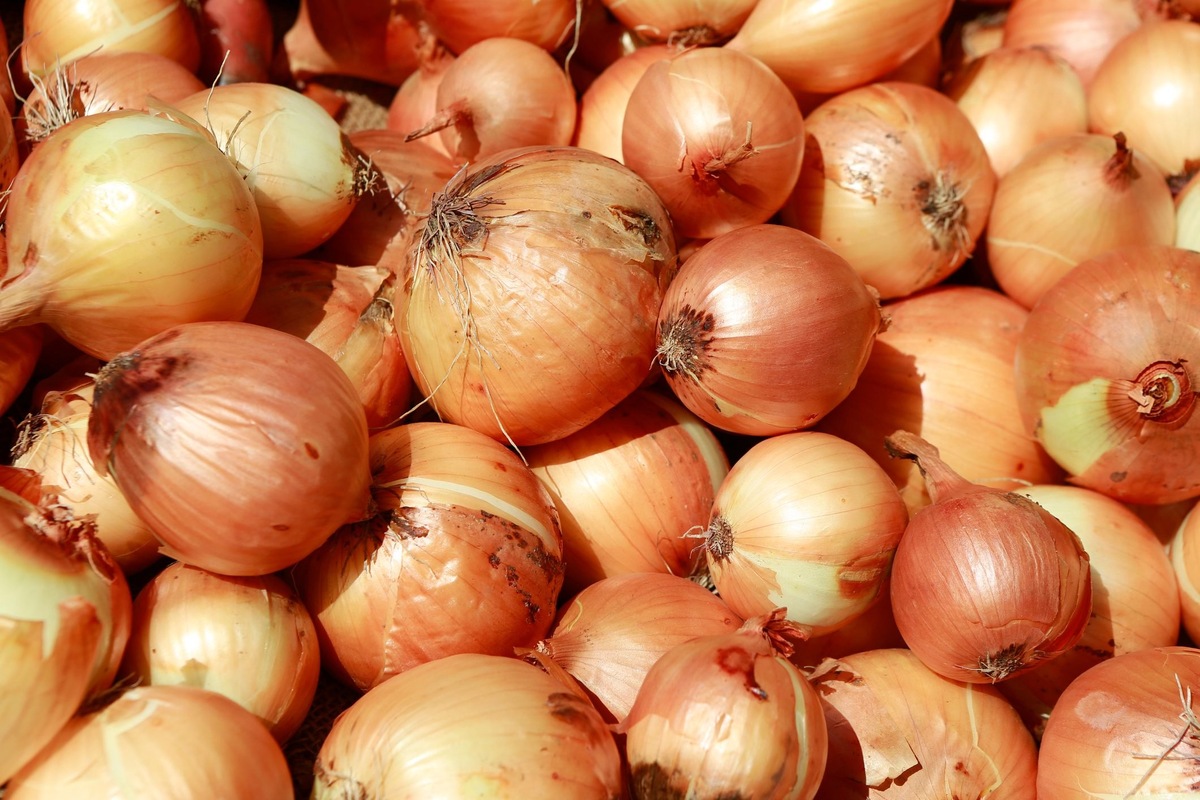
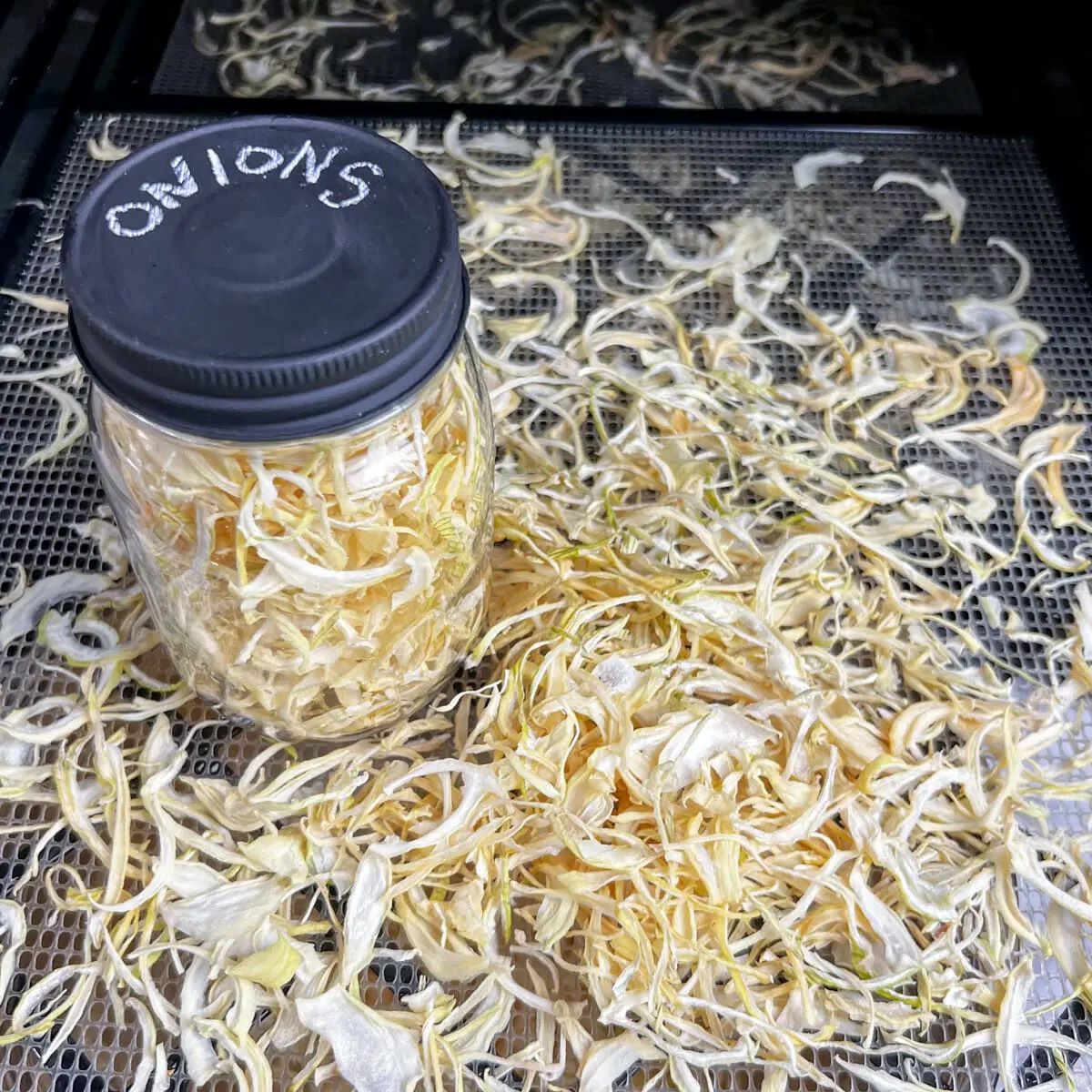

0 thoughts on “How To Store Garden Onions”